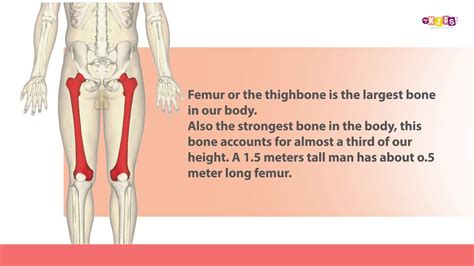Understanding the Human Skeleton
The human body is an intricate marvel, a complex machine held together and supported by a robust framework: the skeleton. Comprising 206 bones in an adult, this internal structure provides shape, protects vital organs, allows for movement, and even produces blood cells. Among these many bones, one stands out for its impressive length and strength. So, what exactly is the longest bone in the human body?
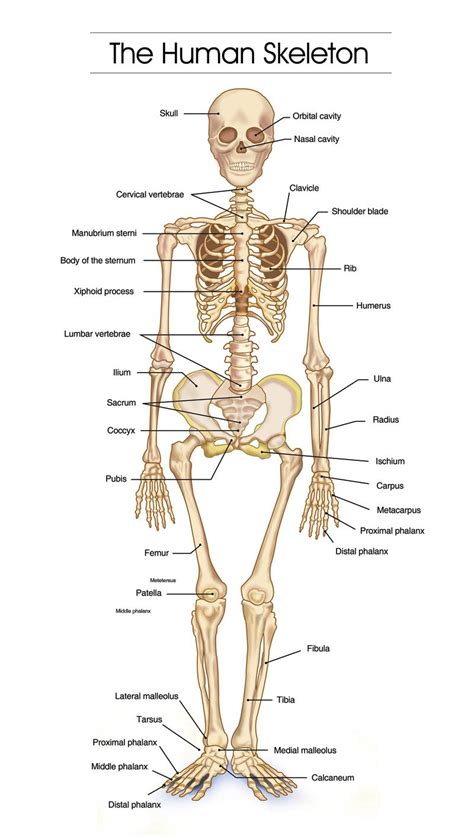
The Mighty Femur: Our Longest Bone
The answer is the femur, commonly known as the thigh bone. Located in the upper leg, extending from the hip to the knee, the femur is not only the longest but also the strongest bone in the human body. In an average adult, it measures approximately 19.9 inches (50.5 cm) in length, though this can vary significantly based on an individual’s height and genetics.
Its robust nature is essential because the femur bears a tremendous amount of weight and stress. It is designed to withstand forces of up to 1,800 to 2,500 pounds, making it incredibly difficult to break. This remarkable strength is crucial for activities like walking, running, jumping, and maintaining an upright posture.
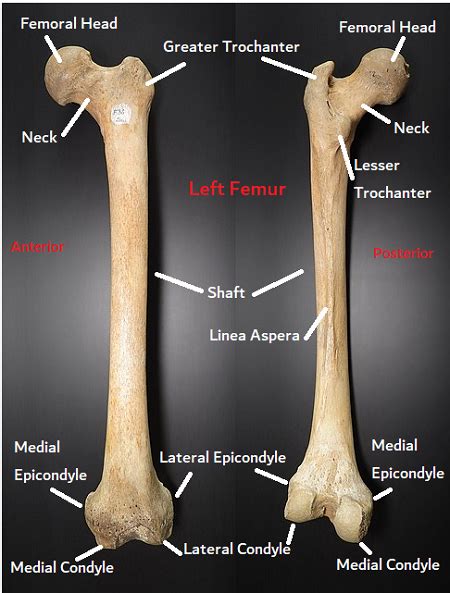
Anatomy and Function of the Thigh Bone
The femur’s structure is optimized for its dual role of support and mobility. It consists of several key parts:
- Head: A rounded, ball-like structure at the top that articulates with the acetabulum of the pelvis, forming the ball-and-socket hip joint, which allows for a wide range of motion.
- Neck: A short, constricted region connecting the head to the shaft, angling the head medially.
- Shaft (Diaphysis): The long, cylindrical body of the bone, slightly bowed forward, providing a large surface area for muscle attachment.
- Condyles: Two large, knuckle-like projections at the bottom (distal end) that articulate with the tibia (shin bone) and patella (kneecap) to form the knee joint.
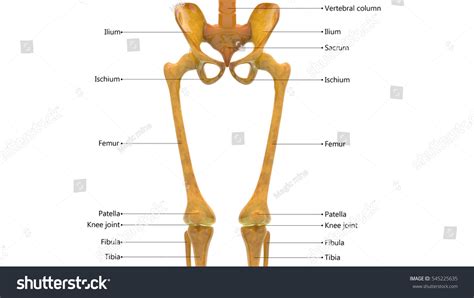
Beyond its structural role, the femur also serves as an attachment point for many powerful muscles of the thigh and hip, enabling the complex movements of the leg. These muscles, working in conjunction with the femur, are responsible for actions like flexion, extension, abduction, adduction, and rotation of the hip and knee.
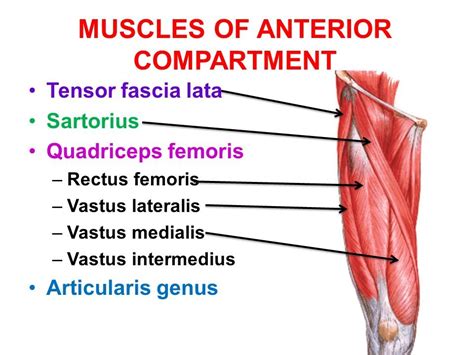
Other Notable Bones and Their Significance
While the femur holds the title for length, it’s worth noting other significant bones. The smallest bone in the human body is the stapes, located in the middle ear, measuring just 3 millimeters (0.12 inches). Each bone, regardless of its size, plays a critical role in the overall functionality of the human body. From the tiny ossicles transmitting sound to the massive femur supporting our entire weight, the skeletal system is a testament to natural engineering.
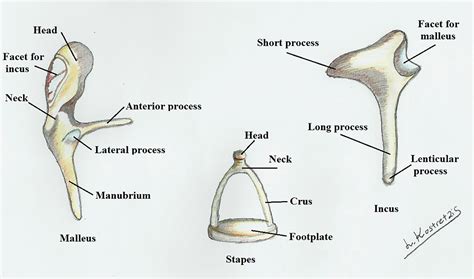
Conclusion
The femur, our longest and strongest bone, is a true marvel of biological engineering. Its substantial length and remarkable strength are indispensable for our ability to move, stand, and navigate the world. Understanding the femur’s structure and function provides a deeper appreciation for the intricate and highly adapted design of the human body and its incredible skeletal framework.
